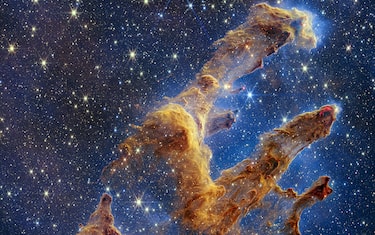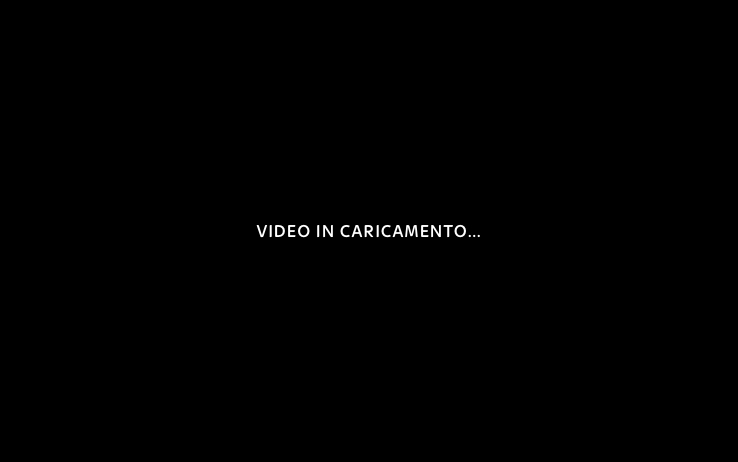Comete, meteore, eclissi e Superlune, il calendario degli "eventi" nel cielo del 2023
Le stelle cadenti sono uno spettacolo che entusiasma grandi e piccini, appassionati di astronomia e non. E il 2023 regalerà uno spettacolo in cielo: le prime notti del nuovo anno, infatti, vedranno attivo uno degli sciami maggiori, quello delle Quadrantidi, che dalle latitudini dell'Italia sarà visibile dalla mezzanotte all'alba. Il picco è atteso nella notte tra il 3 e il 4 gennaio nelle ore che precedono il crepuscolo mattutino, quando la Luna sarà un po' più bassa sull'orizzonte rendendo più agevole l'osservazione.
Meteore minori
Oltre alle Quadrantidi, a gennaio saranno attivi anche alcuni sciami di meteore minori: le delta Cancridi, il cui picco è previsto il 17 gennaio, le alfa Idridi, che raggiungeranno il loro massimo due giorni dopo, e le alfa Leonidi, a fine mese. A chiudere l'anno sarà il secondo sciame meteorico più importante del 2023, quello delle Geminidi, con condizioni di osservabilità ancora migliori di quelle delle Perseidi perché nella notte del picco, tra il 13 e il 14 dicembre, la Luna sarà praticamente assente.
La cometa
Ad aprire le danze potrebbe essere, a sorpresa, una cometa. A inizio anno, infatti, farà capolino "la cometa C/2022 E3 ZTF, scoperta il 2 marzo 2022 dal Zwicky Transient Facility in California", spiega Paolo Volpini dell'Unione astrofili italiani (Uai). "Il 12 gennaio arriverà al perielio, cioè al punto di minima distanza dal Sole, ma la migliore visibilità dovrebbe verificarsi tra la fine di gennaio e l'inizio di febbraio, quando si troverà alla minima distanza dalla Terra. Lo spettacolo sarà alla portata di binocoli e piccoli telescopi, ma la speranza è che si possa vedere anche a occhio nudo".
Eclissi e Superlune
Le eclissi segneranno alcuni giorni in particolare: il 20 aprile e il 14 ottobre naso all'insù per l'eclissi di Sole, mentre il 5 maggio si verificherà un'eclissi lunare di penombra, che si verificherà nuovamente il 28 ottobre. L'estate si aprirà con ben due Superlune: la Luna piena sarà alla minima distanza dalla Terra il 3 luglio e l'1 agosto.
Le Perseidi
Tra il 10 e il 13 agosto ci sarà poi il tradizionale spettacolo di San Lorenzo con le Perseidi. "Il picco avverrà in condizioni migliori rispetto a quelle dell'anno passato, con solo una sottile falce di Luna che comparirà a est all'alba senza dare troppo fastidio", sottolinea l'astrofisico Gianluca Masi, responsabile scientifico del Virtual Telescope. Da segnare in agenda anche l'appuntamento del 30-31 agosto con la Luna blu (la seconda luna piena del mese nonché la terza Superluna dell'anno) e quello del 29 settembre con l'ultima Superluna del 2023.

